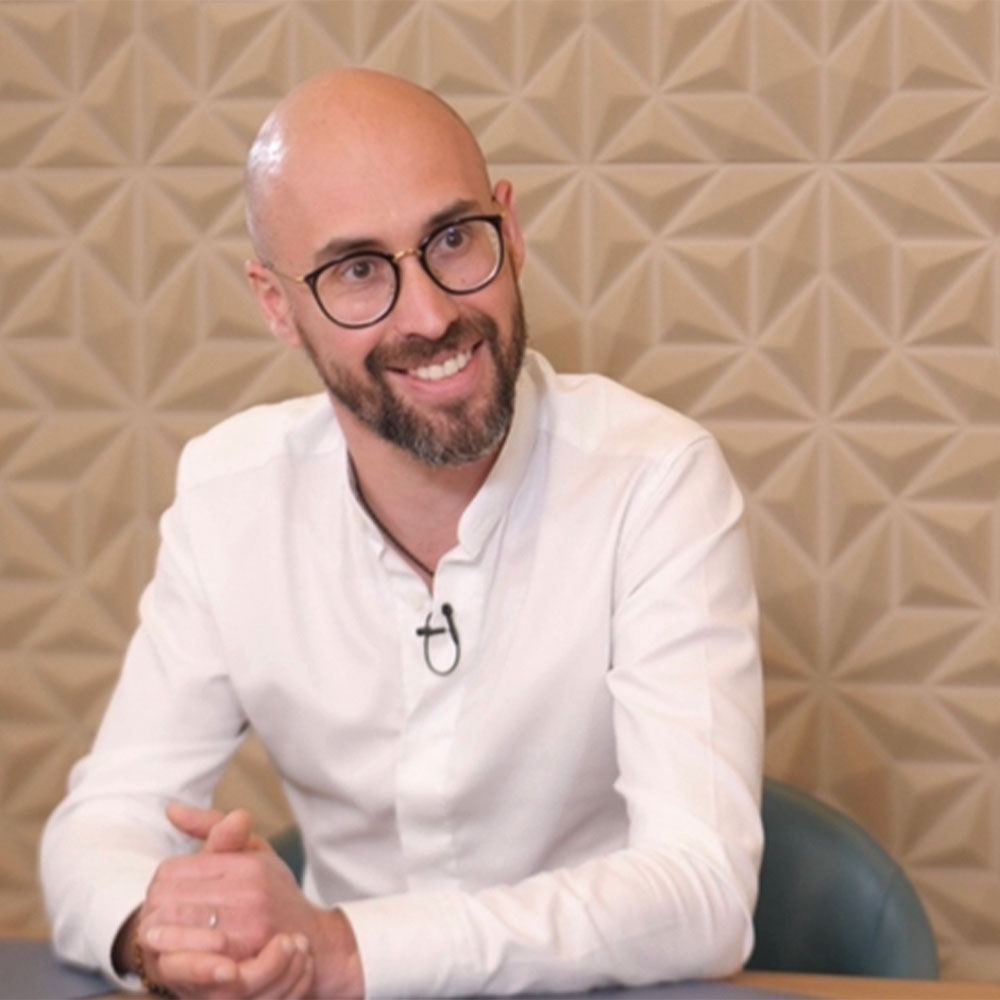Natural facial rejuvenation by lipofilling
Lipofilling is a technique which consists in taking fat from one place of the body to reinject it in another place.
You may have heard about lipomodelling, lipofilling, liposculpture, the Coleman technique, micro-liposculpture, autologous fat transfer, adipose tissue transplant and adipose tissue autograft. All these different terms though actually designate the exact same thing.
The first cases described date back to the beginning of the last century, but the technique was really perfected in 1983 by a Frenchman, Doctor Fournier, and then improved by an American in the 1990s (Doctor Coleman). So we currently have over 25 years of experience with this technique, which has become reliable, reproducible and safe.
Many indications exist for its application: aesthetic breast lipofilling for breast augmentation or reconstruction after cancer, buttock augmentation, facial rejuvenation, penoplasty, G-spot injection, vaginal rejuvenation, hand rejuvenation, calf augmentation, chest deformities, etc.
The specifics of facial lipofilling
Regarding specifically the face, a very small amount of fat is necessary (less than 50cc). The fat removal is therefore relatively insignificant (200cc on average), gentle, non-traumatic and carried out using microcannulas and microincisions. Even in a thin patient, it is usually possible to find some fat to be removed. Fat can be removed from the buttocks, saddlebags, hips, sides, love handles, stomach, abdomen, knees, thighs, and arms. In all cases, the scar will be hidden at a fold or in a shadow area and, therefore, almost invisible.
The fat is then purified using gentle centrifugation, which keeps only the fat cells (adipocytes) and removes unnecessary cell debris. As a general rule, the ratio between the aspirated and the usable fat for lipofilling is 1 to 3 or 1 to 4 (300 or 400 cc of aspirated fat is necessary to inject 100 cc of purified fat).
The fat is then injected into the face using a microcannula. The scars are less than a millimeter in size and are invisible. Currently, the new fat preparation techniques allow nano-lipofilling or nanofat injections to be carried out with ultra-purified fat for better results, better hold, and an improvement in skin trophicity (regenerative surgery).
We can thus improve the consistency of the skin, its trophicity, its thickness, its color (dark circles) and fill in wrinkles, fine lines, folds, scars, furrows (crow’s feet, frown lines, bitterness folds, nasolabial folds, tear troughs etc.), and restore volume to the face where there is none (cheekbones, lips, cheeks, dark circles, eyelids, temples, chin etc.). The technique can be combined or complement a head and neck lift (face and neck) or a rhinoplasty.
The injected fat will dissolve on average by 30%, hence Dr. Masson will perform an overcorrection in order to anticipate this resorption. Sometimes two lipofilling sessions will be necessary. The fat that is taken will then remain for life, it is not absorbable. This is the main difference with hyaluronic acid injections, which, unlike lipofilling, are absorbable between 6 and 12 months depending on the areas and the products.

Lipofilling is therefore a definitive method
In practice, you should plan two consultations with your surgeon, a consultation with the anesthesiologist and a preoperative blood test before the procedure. Tobacco use (negatively affects the fat transplant process) and aspirin (negatively affects bleeding and bruising) must be stopped before the procedure.
Generally no hospitalization is necessary (day surgery) and general anesthesia is not essential, a simple local anesthesia accompanied by sedation most often suffices. Returning to normal activities is quick and the procedure painless. It is simply necessary to foresee the possibility of bruising and swelling and to take from 1 week to 10 days off work.
The cost for a facial lipofilling depends on the zones and the quantity of fat. It is necessary to budget at least 3000 euros for a facial lipofilling.


